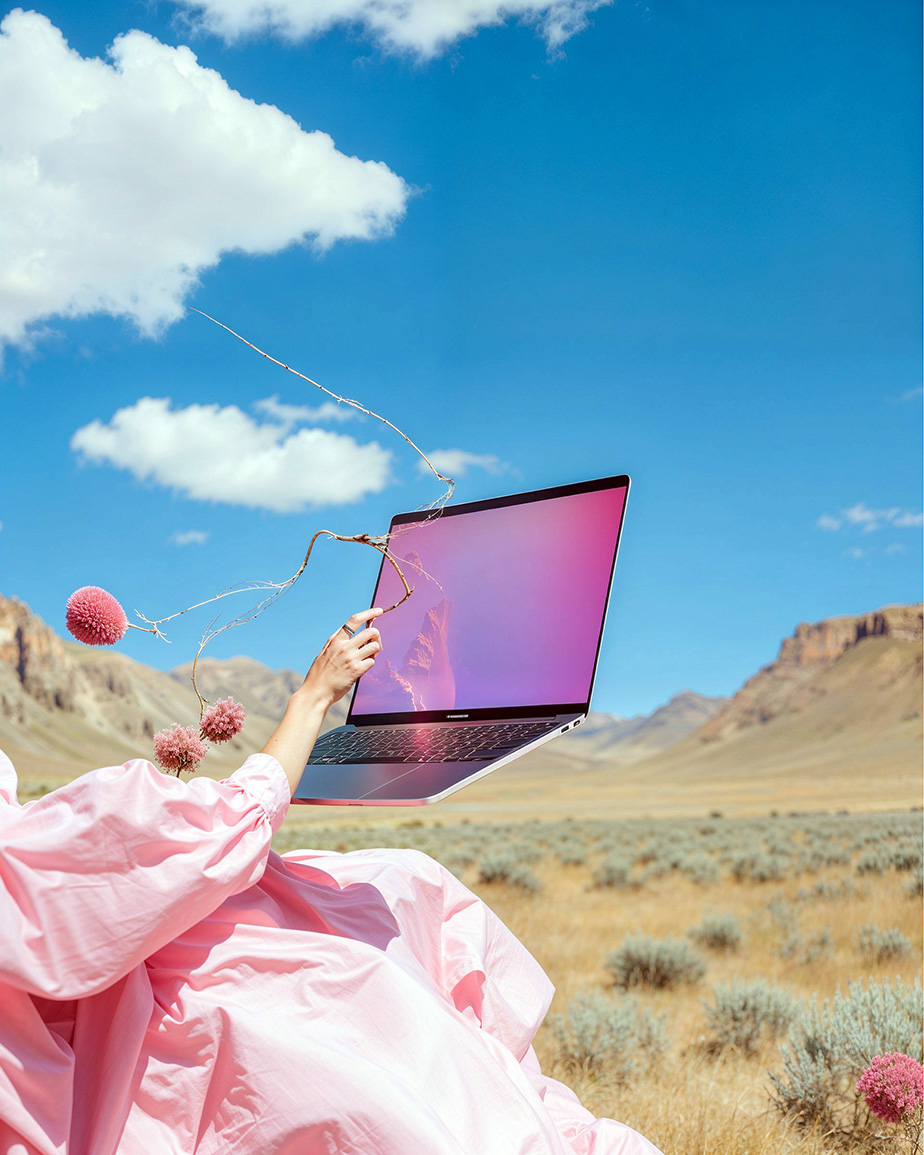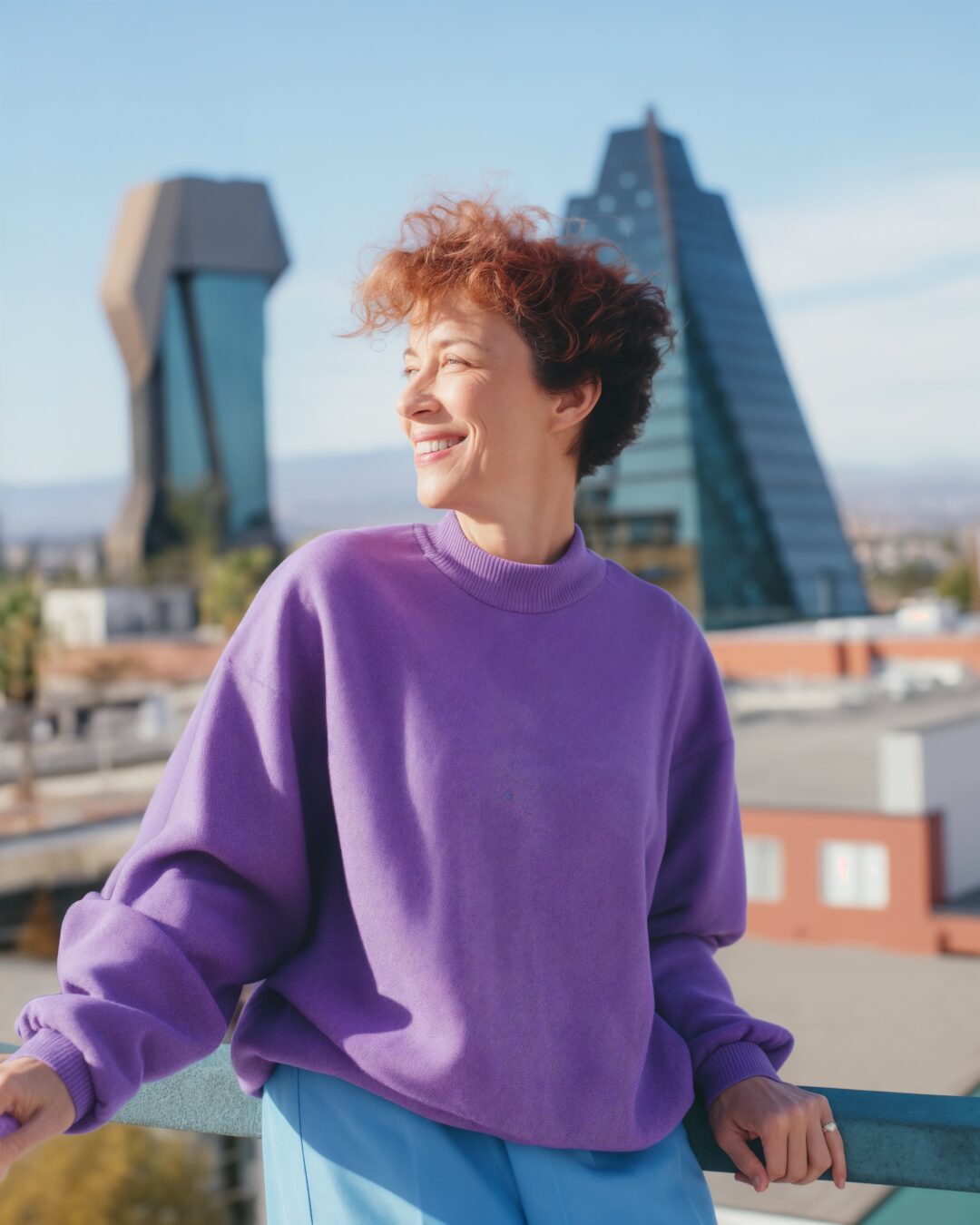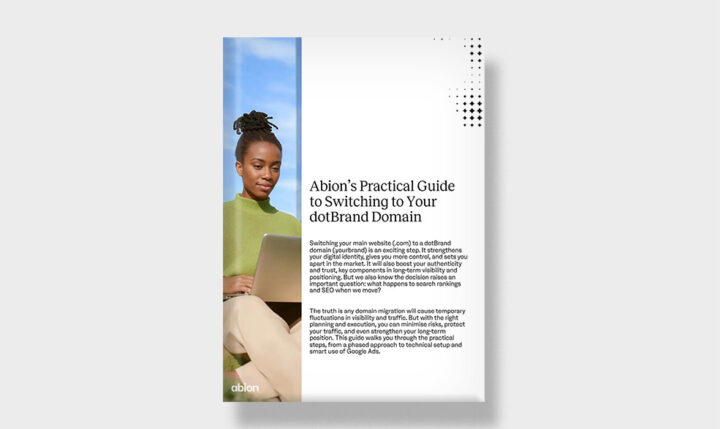
Protect Your Creative Work with Copyright Expertise ©
Got copyright questions? Whether you need to know what copyright protects, understand your rights, or respond to an infringement claim, our intellectual property experts are here for you. Reach out to us for top-tier expertise!
Abion: Expert Legal Support
It is easy to share, change or distribute something without thinking about copyright and the potential infringement consequences. Our lawyers specialise in copyright and copyright issues and can help you effectively navigate the regulatory framework that exists, both in terms of rights to your own works as well as your obligations to others. We can assist with:

Why do you need Copyright?
Copyright safeguards your original creations — be it literature, music, films, or artwork — granting you control over their use and distribution.
Navigating copyright can be tricky, making it vital to keep an eye on potential infringements of your work or unintentional infringements on others'.
Our experts are here to simplify this process, answering your copyright questions and addressing any concerns about infringement.
Explore the Fundamentals of Copyright
Copyright is a vital form of intellectual property that protects original works of authorship, giving creators exclusive rights over their literary, artistic, and media creations. It's one of the four key intellectual property rights, alongside trademarks, patents, and designs. These rights often intersect; for instance, a company’s logo might be covered by copyright, trade mark, and even patent law.
Understanding these overlaps is crucial for businesses to safeguard their intellectual assets effectively. Copyright ensures that only the creator can distribute, use, or modify their work, preserving both the integrity and brand value of their creations. Unauthorised use can damage a brand’s image and impact growth and customer loyalty.
Copyright
Safeguards original works of the creator, preventing unauthorised duplication.
Trademark Registration
Protect brand identity, distinguishing goods and services through symbols, names, or logos.
Patent
Grant exclusive rights to inventors for novel creations and inventions.
Protect Your Creations
Get expert legal support and strategy from our in-house specialists. Contact us today!
Securing Copyright Ownership: A Step-by-Step Guide


Duration and Limitations of Copyright Protection
Copyright protection is limited in duration. After a specified term, works enter the public domain, where they can be used freely without permission. This transition follows a defined timeline and requires careful consideration by both creators and users to understand the implications for their rights and responsibilities.
The duration of copyright is directly linked to the creator's life, extending their legacy beyond their lifetime. Typically, copyright protection lasts for the creator's lifetime plus an additional period, with a minimum of 50 years posthumously as mandated by the Berne Convention. However, these time frames can vary, with some jurisdictions implementing unique terms, such as the UK's Crown copyright works or the '2039 rule' for certain unpublished works.
When the copyright period expires, works enter the public domain, becoming freely accessible for use and adaptation by anyone. This transition allows the works to take on new life within the public sphere, free from the restrictions of exclusive ownership.
Within the strict framework of copyright law, fair use and fair dealing provide the necessary flexibility, allowing for the limited use of copyrighted material under specific conditions. In the United States, fair use permits activities such as commentary, criticism, and educational purposes. In the UK and other Commonwealth countries, fair dealing allows for uses like research and critique, though under stricter conditions.
These provisions are not unrestricted permissions but rather a balanced approach that considers the benefits of use against potential harm to the copyright owner. The Berne Convention's 'three-step test' enables member states to adapt these exceptions to their national contexts, ensuring that such uses support the public good without compromising the legitimate interests of copyright holders.
Understanding Copyright: Learn More About Rights and Protection
Economic and Moral Rights of Creators
Copyright consists of two different parts – an economic and a moral right. These not only ensure an economic gain for creators but also preserve their moral connection to their work.
Economic Copyright
Economic copyright grants the creator exclusive rights to exploit and distribute their work for revenue generation. This includes activities such as printing and selling copies of a text, staging a play, or distributing music.
The creator may choose to sell or license these financial rights to another party, such as a book publisher or a TV or film production company. While the right to receive payment for the work typically remains with the creator (unless otherwise agreed), the rights to distribute and profit from the work transfer to the purchaser.
Moral Copyright
Non-economic copyright, often referred to as moral or named rights, ensures that the creator's name is acknowledged whenever their work is used or shared, regardless of whether the creator retains any financial rights.
Unlike economic rights, moral rights cannot be transferred or waived. These rights guarantee that the creator is always recognised for their work and that the work is not altered or used in a manner that could be deemed derogatory or offensive to the creator.
Both economic and moral rights generally expire 70 years after the creator’s death. However, it is advisable to continue respecting moral rights by acknowledging the creator when their work is used or shared, even beyond this period.
Addressing Copyright Infringement
Copyright infringement can lead to significant legal consequences, ranging from mediation and civil claims to injunctions and substantial fines. When works are used without authorisation, creators have the right to seek legal recourse, with copyright registration serving as a crucial tool for establishing ownership and facilitating litigation. In severe cases, particularly when the infringement is on a commercial scale, infringement can involve serious implications.
The purpose of addressing infringement is both protective and punitive, aimed at preserving the integrity of copyright and upholding the rights of creators. Enforcement typically falls to civil law courts, which often places the responsibility and financial burden on copyright holders to defend their works against unauthorised use.
While copyright grants authors exclusive rights to their works, there are exceptions that allow limited use without permission. For instance, copying for private use, educational purposes, or citation may be permitted under certain conditions. Business owners must understand these restrictions to protect their own intellectual property and avoid infringing on the rights of others. Legal penalties for copyright infringement can include fines or imprisonment of up to two years, underscoring the importance of compliance with copyright laws.
Leveraging Copyright in the Digital Age
The digital era presents both opportunities and challenges for copyright. While it significantly extends the reach of creative works, it also heightens the risk of piracy. Historically, copyright has helped create and share high-quality content, as shown by the growth of opera in its early days. Today, however, online piracy undermines legal distribution channels and erodes the revenue that supports the creative industries.
To counteract these threats, creators employ a range of self-enforcement strategies, including:
- Paywalls
- Digital Rights Management (DRM) Systems
- Watermarks
- Copy Protection Technologies
These tools are essential for safeguarding digital content from unauthorised use, thereby preserving its value and supporting the financial well-being of creators.
The Transfer and Licensing of Copyrights
The ebb and flow of copyright ownership can be as dynamic as the creative process itself. Copyrights can change hands through assignments, inheritance, or contractual agreements, particularly in the realm of freelance or commissioned works. Beyond outright transfer, licensing emerges as a flexible alternative, allowing others to utilise a work without assuming ownership, tailored through exclusive or non-exclusive agreements.
This dance of rights transfer is orchestrated by authors who may align with licensing bodies or collecting societies, which administer licenses and manage royalties. Such arrangements ensure that the use of copyrighted material benefits the original owner while granting others the opportunity to infuse their projects with creativity.
Creative Commons and Alternative Licensing
Creative Commons licenses represent a modern-day evolution in the practice of granting public permissions. These licenses provide a standardised framework that enables creators to specify how others may use their works, ranging from the most permissive to the most restrictive terms. The adoption of Creative Commons licenses has been widespread, with millions embracing this system to share their work with the world while still maintaining a degree of control.
Each Creative Commons license is tailored to the preferences of the copyright holder. Here are some examples:
- CC BY license: allows almost unrestricted use
- CC BY-NC license: limits use to noncommercial sharing
- CC BY-NC-ND license: limits use to noncommercial sharing of unaltered works with proper attribution
These licenses not only empower creators but also enrich the public domain, fostering an environment of shared knowledge and innovation.
Copyright in the World of Business and Commerce
Commercially, copyright is a crucial factor for businesses managing the use of external content. Effective use of logos, photographs, and written materials is often vital for achieving commercial success. However, businesses must navigate copyright laws meticulously to avoid infringement. For example, in the UK, businesses must comply with specific post-Brexit design examination guidelines that impact how copyrighted content can be utilised.
The film and music industry face significant challenges from unauthorised distribution, with illegal streaming causing substantial revenue losses. This not only affects financial stability but also impedes creativity and limits the diversity of available content. To address these issues, companies invest in content protection technologies and partner with anti-piracy firms to detect and eliminate illegal copies, ensuring fair compensation for creators, particularly independent filmmakers.
The Future of Copyright Legislation
Looking ahead, the future of copyright legislation is set to evolve in response to ongoing legal and technological developments. Legal debates and advancements will continuously shape copyright laws, requiring regular updates and reforms. For instance, rulings by courts have significantly influenced the interpretation and scope of copyright protections.
The adaptability of copyright law ensures it remains relevant in an ever-changing environment. As new forms of expression and methods of distribution emerge, copyright legislation will evolve to support creators and maintain public access to a diverse array of cultural and intellectual works.
FAQ about copyright
Creative Commons licenses are pre-made copyright licenses that allow creators to share their work under specified conditions, ranging from permissive to restrictive, to give the public permission to use their work in various ways.
Copyright protection typically lasts for the life of the author plus an additional period, often 50 years or more, depending on the jurisdiction, after which works enter the public domain.
Copyright protects original works of authorship that have been fixed in a tangible form, such as books, music, films, artwork, and software, but it does not protect ideas, names, titles, or short phrases.
Yes, you can use a copyrighted work without permission for educational purposes under the "fair use" doctrine or "fair dealing" exceptions, subject to certain conditions.
Registering a copyright is not necessary for protection, but it can provide stronger legal standing, help with litigation, and serve as a public record of the copyright claim.
Related services

IP Due Diligence



